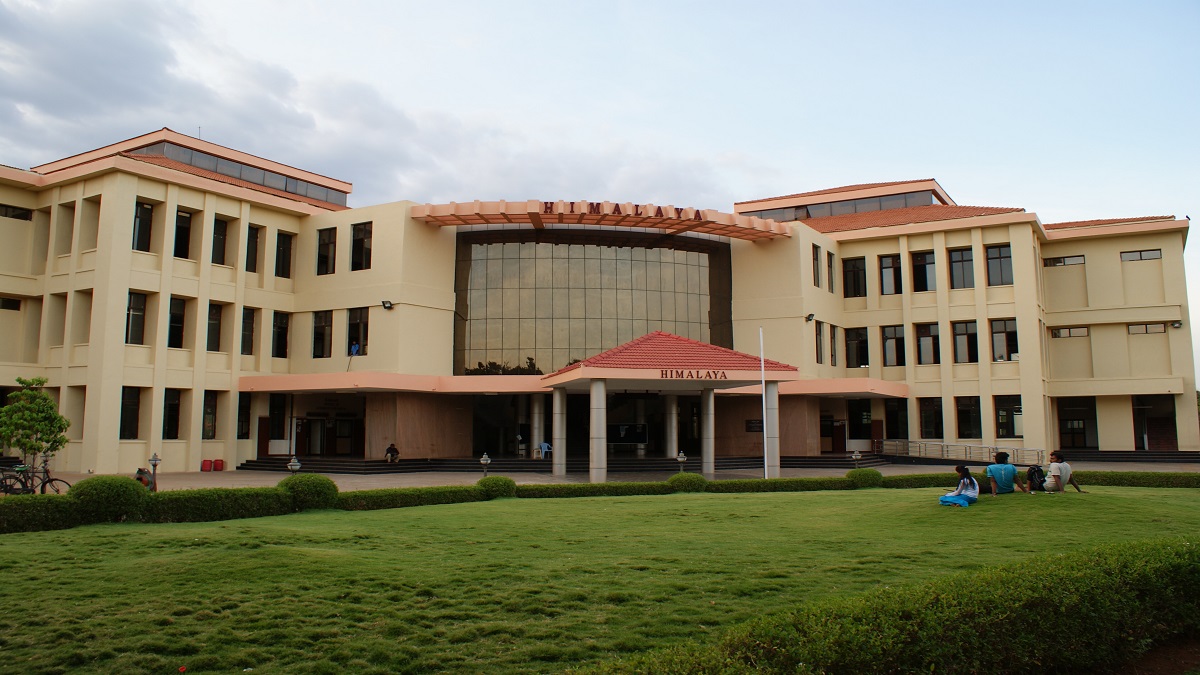IIT Madras develops data analytics approach to detect petroleum underground
The method provided accurate information about the rock type and hydrocarbon saturation zones located 2.3 km underground.
Scientists at the Indian Institute of Technology (IIT) Madras have developed a statistical method to detect petroleum and hydrocarbon reserves under the surface of ground. The Tipam formation located in Upper Assam basin provided valuable information on the distribution of rock types and hydrocarbon saturation zones.
The Assam region known for its petroleum reserves was analysed using this approach based on seismic surveys and well logs. At depths of 2.3 km, they obtained accurate information about the rock type distribution and hydrocarbon saturation zones.
Characterising underground rock structures is a challenging task. Seismic survey methods and well log data are used to understand the structure underneath the earth’s surface. In a seismic survey, acoustic vibrations are sent through the ground.
Professor Rajesh R Nair, Department of Ocean Engineering, IIT Madras, said, “The challenge to imaging underground structures arises from the low resolution of the seismic images and the difficulty in correlating the data from well-log and seismic surveys. Our team at IIT Madras has developed a methodology for predicting the hydrocarbon zones from complex well log and seismic data.”
Researchers also introduced a notable attribute named ‘Poisson impedance’ (PI) in their analysis. In order to determine the fluid content of the sandstone reservoir, PI was used. As a result of their study, it was found that physical impedance (PI) was more effective than conventional attributes for estimating hydrocarbon zones.
Read more:
Follow Shiksha.com for latest education news in detail on Exam Results, Dates, Admit Cards, & Schedules, Colleges & Universities news related to Admissions & Courses, Board exams, Scholarships, Careers, Education Events, New education policies & Regulations.
To get in touch with Shiksha news team, please write to us at news@shiksha.com
Latest News
Next Story


Comments